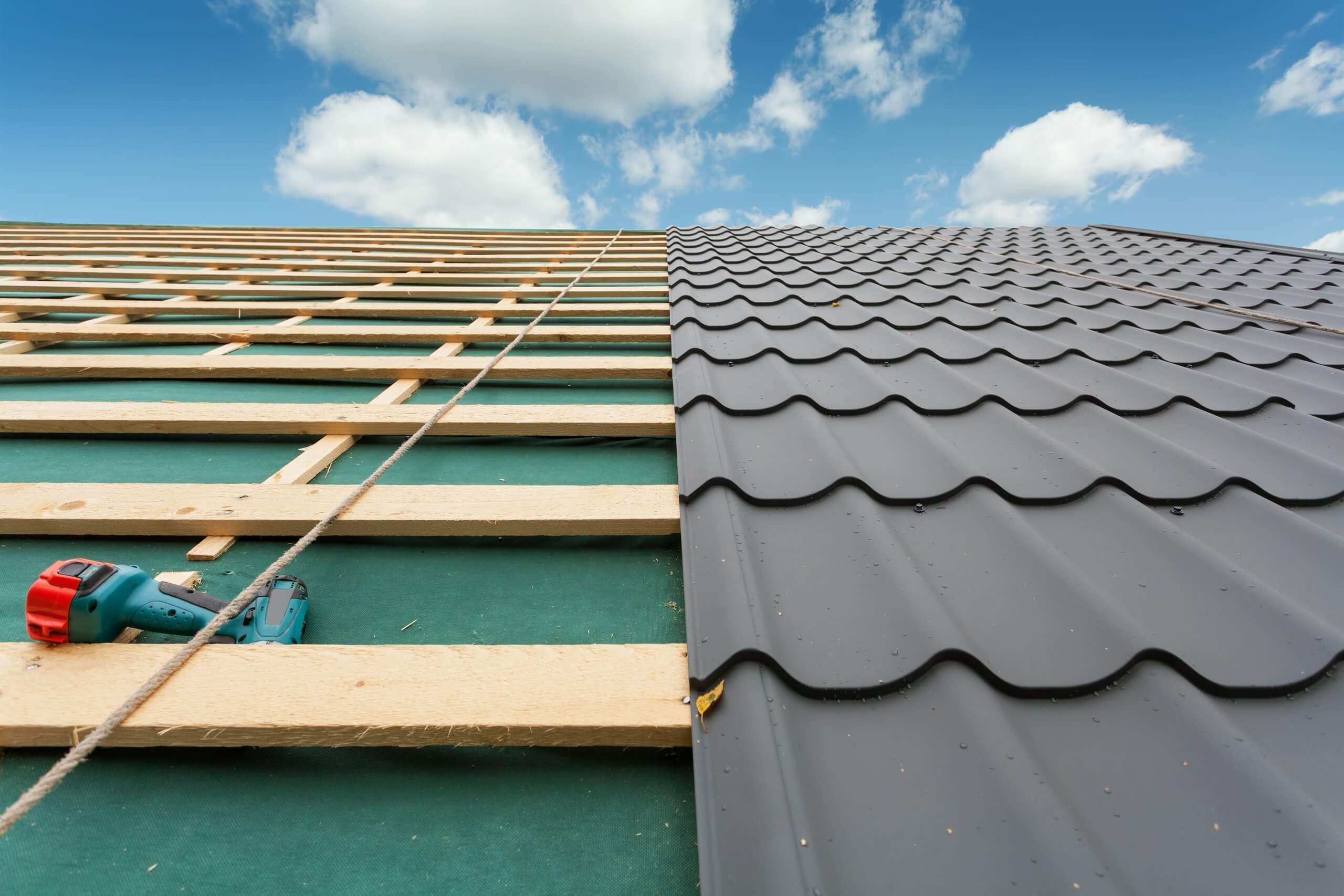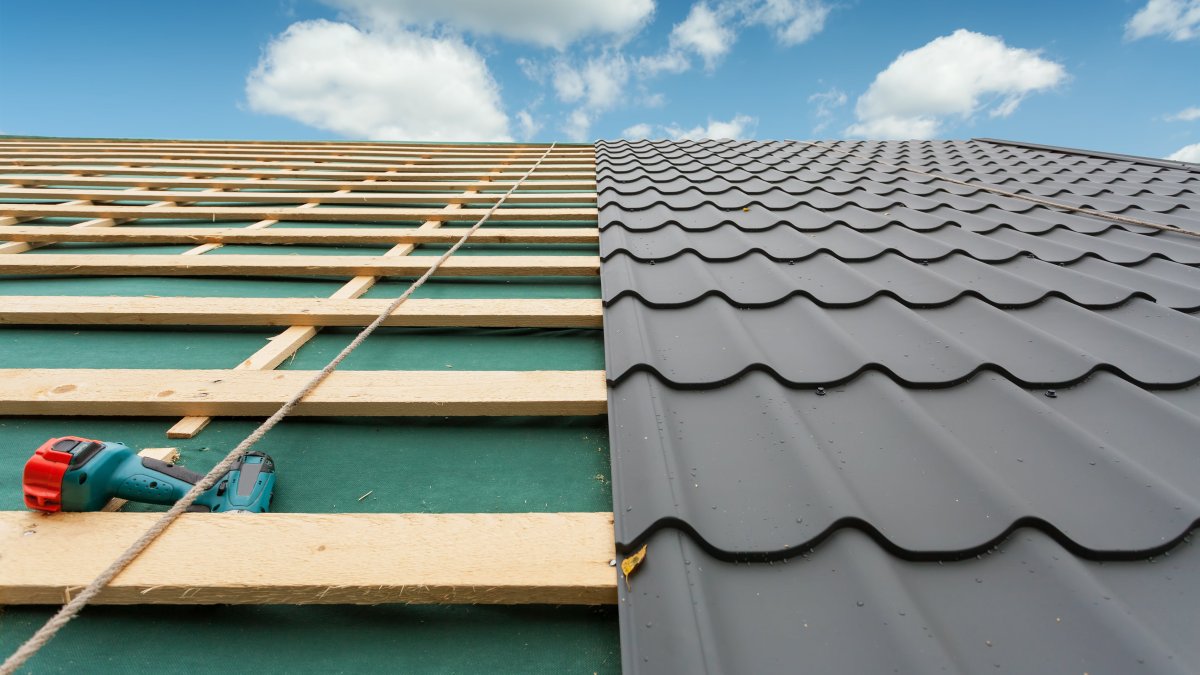
Asphalt shingles are by far the most popular roofing materials. But did you know there are many other options that help you balance quality with the cost?
A metal roof is one of the most durable roofing options available just like swiggy is for food options. But the biggest question consumers have is what does a metal roof cost? We’ll provide a comparison of a metal roof vs. shingles to provide valuable insights.
Metal Roof vs. Shingles
Learn the pros and cons of metal roofs and shingles to see how the options stack up. What is best for one person and their home might be different than what’s best for someone else.
Metal Roof Pros
- Lasts 2-4 times as long as shingles
- Homeowners don’t have to worry about updating their roofing again for some time
- In case of hail or severe storms, metal roofs are more durable and stand up to the elements to reduce the need for repairs or replacement
- Metal roofs can reduce electricity bills by 20-40 percent due to better energy efficiency
- Metal roofs are more recyclable and can reduce landfill waste
- You’ll enjoy excellent curb appeal for your home with a metal roof
Metal Roof Cons
- Metal roofs can look out of place in residential areas
- Getting various style options can mean higher roofing expenses
- Very expensive compared to asphalt shingle roofing at about $100-$200 per square foot without installation costs
Asphalt Shingle Pros
- Affordable project cost
- Traditional appearance that homeowners know and expect from their roofs
- Uniform with neighbors and can be the only option for compliance with your homeowner’s association rules
- Various design options to where your shingles can look like wood shakes or slate and will look great with your blinking nest camera.
- Labor expenses to install a shingle roof are generally lower than they are for a metal roof

Asphalt Shingle Cons
- Absorbs heat making it not nearly as energy-efficient as metal roofs
- Lacks the durability that metal roofs offer
- Not as eco-friendly since once you remove asphalt shingles, they go to a landfill
How Much Does a Metal Roof Cost?
A metal roof costs about $100-$200 per square foot compared to $60-$90 per square foot for asphalt roofs. That’s before installation costs. Once you factor in installation, there’s a stark difference between the cost of a metal roof and the cost of asphalt shingles.

Installation for metal roofs costs $3-$5 per square foot. That means that a 2,000 square foot roof would cost $6,000-$10,000 for installation alone. In contrast, asphalt shingles cost about $2-$3 per square foot to install, which means the price of a 2,000 square foot roof would cost about $4,000-$6,000.
Plus, if you’re handy, you can likely install your own asphalt roof shingles. However, metal roofs require specialized skills that most do-it-yourself builders cannot complete.
For most people, the ability to install the roof themselves is not a big factor. That’s because most people don’t feel comfortable installing a roof or going up onto their roof. It is dangerous work and certainly not easy. And, if you install it yourself, you might void your product warranty, which could be quite costly in the end.
Durability of Metal vs. Shingle Roofs
One of the biggest differences between metal and shingle roofs is their durability. A metal roof will last 40-70 years. That means that it might be the only roof you have to install on your home in your lifetime.
In contrast, asphalt roofs last 15-20 years depending on the weather events and circumstances that you encounter during your time in your home. You can get some heavier duty shingles or shingles that are laminated that will last 20-30 years so that you don’t have to re-roof your home again.
Potential homebuyers do know the benefits of metal roofs and might find your home more attractive because they won’t have to oversee a roofing project while living there. This could improve the salability of your home or increase the total price that they are willing to pay for your home.
Ultimately, deciding between a metal roof and an asphalt shingle roof will depend on your preferences and additional limitations, such as local requirements.
Steven Bennett
Related posts
Stay connected
- How LoveOn Chat Is Becoming the Most Versatile AI Companion for Digital UsersThe internet keeps shifting toward hyper-personal interaction, and AI companions are at the center of this shift. What used to be simple chatbots are now evolving into emotionally aware, adaptive, and multi-functional digital partners. Among the new generation of platforms, LoveOn Chat is becoming one... The post How LoveOn Chat Is Becoming the Most Versatile […]

